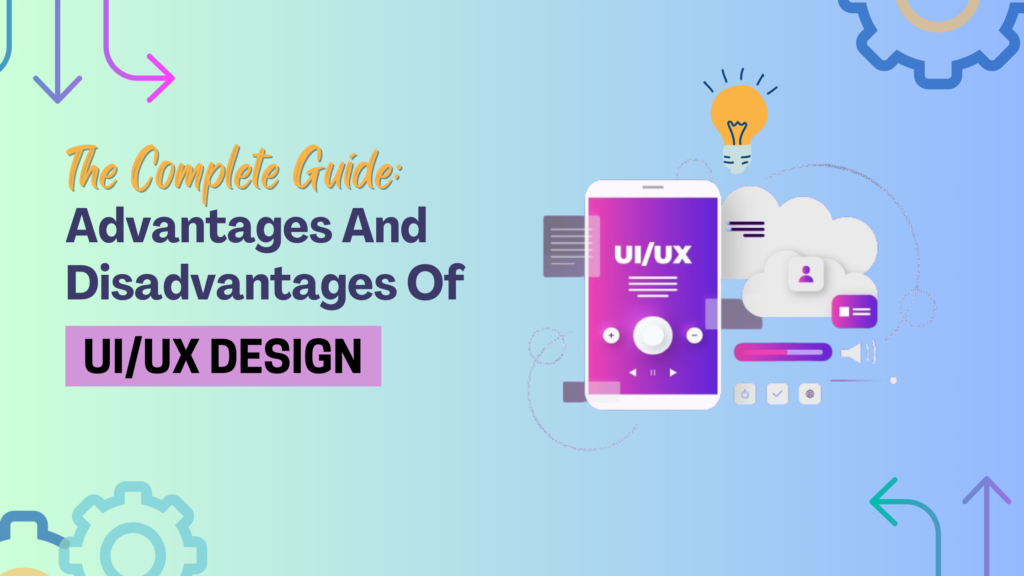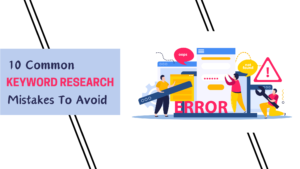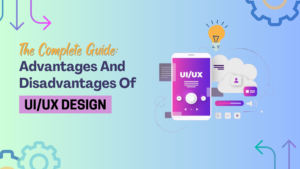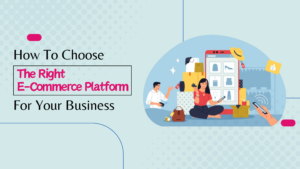Introduction Of Advantages And Disadvantages of UI/UX Design:
User Interface (UI) and User Experience (UX) design constitute the bedrock of digital product development, intertwining aesthetics with functionality to shape engaging and intuitive user interactions. UI design focuses on the visual elements of interfaces, orchestrating layouts, typography, colors, and interactive components to create visually appealing and navigable digital environments. Conversely, UX design delves into understanding user behaviors and motivations through rigorous research and analysis, crafting seamless and meaningful experiences that cater to user needs and preferences. By synergizing UI’s aesthetic appeal with UX’s user-centric approach, designers orchestrate interfaces that not only captivate users visually but also guide them effortlessly through their digital journeys, fostering satisfaction, engagement, and ultimately, the success of digital products and services in an ever-evolving technological landscape.
UI/UX design plays a crucial role in shaping the success of digital products and services. Understanding both the advantages and disadvantages of UI/UX design is essential for businesses and designers alike to leverage its benefits effectively. Here’s a comprehensive guide to help you navigate the pros and cons:
Advantages of UI/UX Design:
- Enhanced User Satisfaction: UI/UX design focuses on creating intuitive and user-friendly interfaces, leading to higher user satisfaction and engagement.
- Improved Usability: A well-designed UI/UX enhances usability by making it easier for users to navigate, interact with, and accomplish tasks within a digital product or service.
- Increased Conversions: Intuitive UI/UX designs can lead to higher conversion rates as users are more likely to complete desired actions, such as making a purchase or signing up for a service.
- Brand Loyalty: Positive user experiences foster brand loyalty and advocacy, leading to long-term relationships with customers and increased brand equity.
- Competitive Advantage: Investing in UI/UX design can differentiate your product or service from competitors, attracting and retaining customers in a crowded market.
- Better Accessibility: UI/UX design considers the diverse needs of users, including those with disabilities, leading to more accessible and inclusive digital experiences.
- Data-Driven Decision Making: UI/UX design relies on user research and testing to inform design decisions, ensuring that design choices are based on empirical evidence rather than assumptions.
Disadvantages of UI/UX Design:
- Time-Consuming: Creating high-quality UI/UX designs requires time-consuming processes such as research, prototyping, and testing, which may slow down the development cycle.
- Cost: Investing in UI/UX design can be expensive, particularly for businesses with limited resources, as it often requires specialized skills and tools.
- Subjectivity: Design preferences can be subjective, leading to disagreements among stakeholders and potential challenges in reaching consensus on design decisions.
- Constant Iteration: UI/UX design is an iterative process that requires ongoing refinement and optimization based on user feedback, which can be time-consuming and resource-intensive.
- Technical Constraints: Designers must consider technical constraints and limitations when creating UI/UX designs, which may impact the feasibility of certain design choices.
- User Resistance to Change: Users may resist changes to familiar interfaces, even if the new design offers improved usability or functionality, leading to adoption challenges.
- Overemphasis on Aesthetics: Focusing too much on aesthetics in UI/UX design may neglect usability and functionality, resulting in beautiful but impractical designs.
Benefits of UI/UX Design:
Improved User Engagement: Intuitive interfaces and seamless interactions captivate users, encouraging prolonged engagement and interaction with the product or service.
Boosted Conversion Rates: Well-designed UI/UX elements streamline the user journey, reducing friction points and leading to higher conversion rates for desired actions such as sign-ups, purchases, or subscriptions.
Stronger Brand Perception: A visually appealing and user-friendly interface enhances the brand’s image, fostering trust and credibility among users.
Better Accessibility: UI/UX design principles ensure products are accessible to a diverse range of users, including those with disabilities, thereby widening the audience and adhering to ethical design practices.
Increased Efficiency and Productivity: Intuitive interfaces and streamlined workflows enabled by UI/UX design can enhance efficiency and productivity for both users and businesses.
Competitive Advantage: Exceptional UI/UX design sets products apart from competitors, attracting users and establishing a competitive edge in the market.
Reduced Development Costs: By identifying user needs and preferences early in the design process, UI/UX design helps mitigate the risk of costly redesigns and later iterations.
Data-Driven Insights: UI/UX design involves gathering and analyzing user feedback and data, providing valuable insights for continuous improvement and innovation.
Adaptability to Multiple Devices: Responsive UI/UX design ensures seamless experiences across various devices and screen sizes, catering to the preferences and behaviors of a diverse user base.
In conclusion, while UI/UX design offers numerous advantages in improving user satisfaction, usability, and business outcomes, it also presents challenges such as time and cost constraints, subjective preferences, and technical limitations. By understanding and addressing these factors, businesses and designers can harness the power of UI/UX design to create impactful and successful digital experiences.











